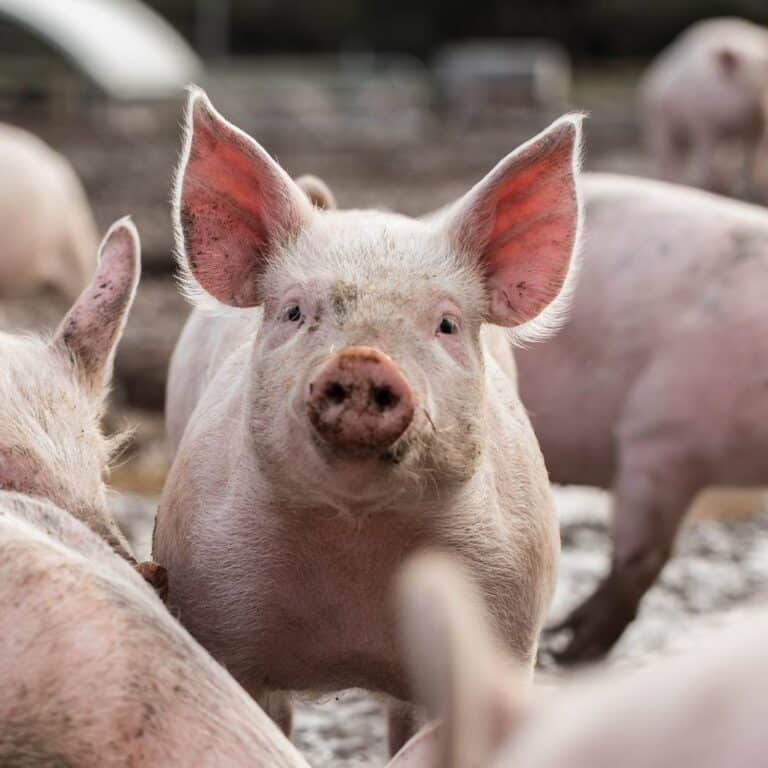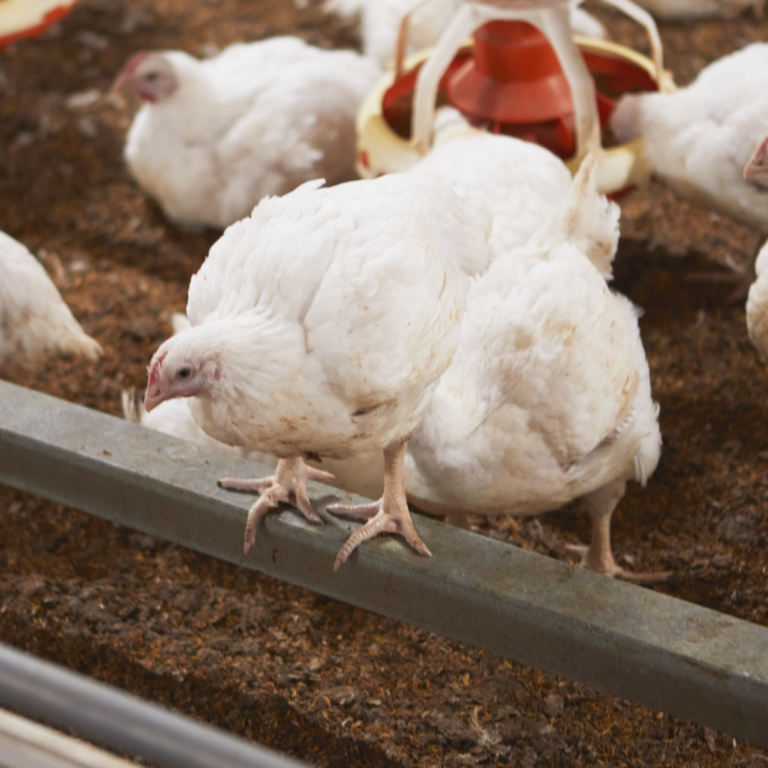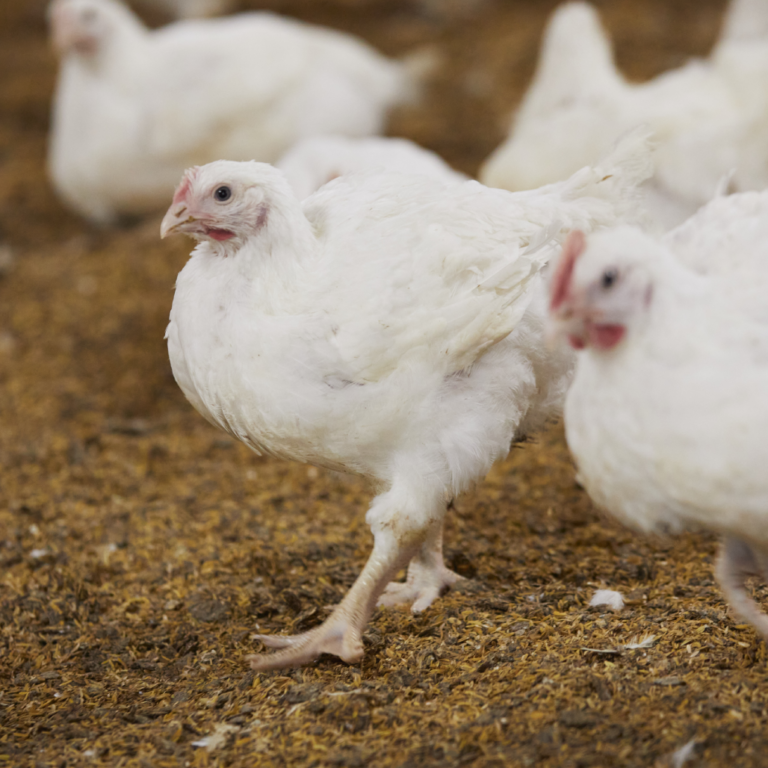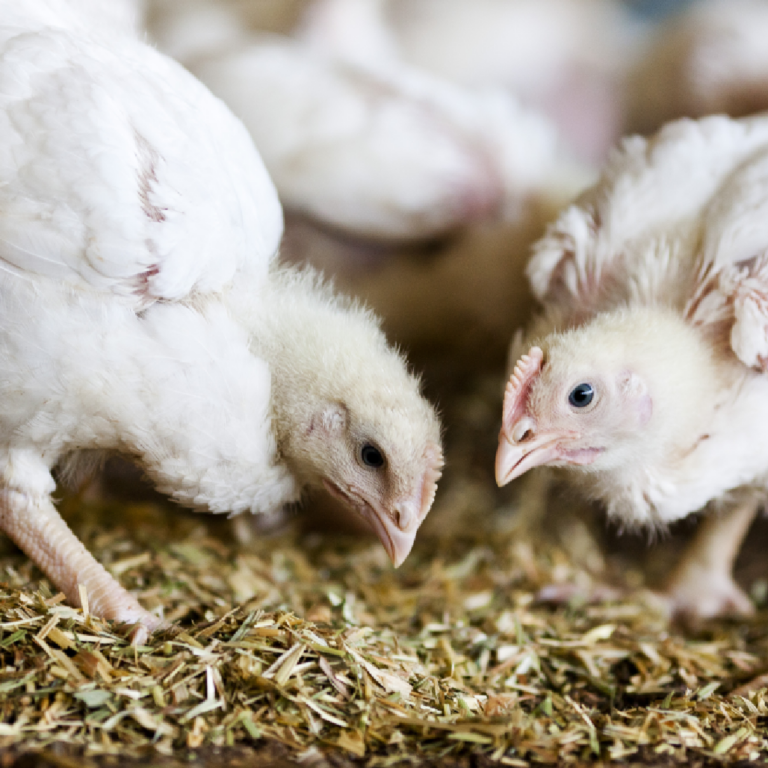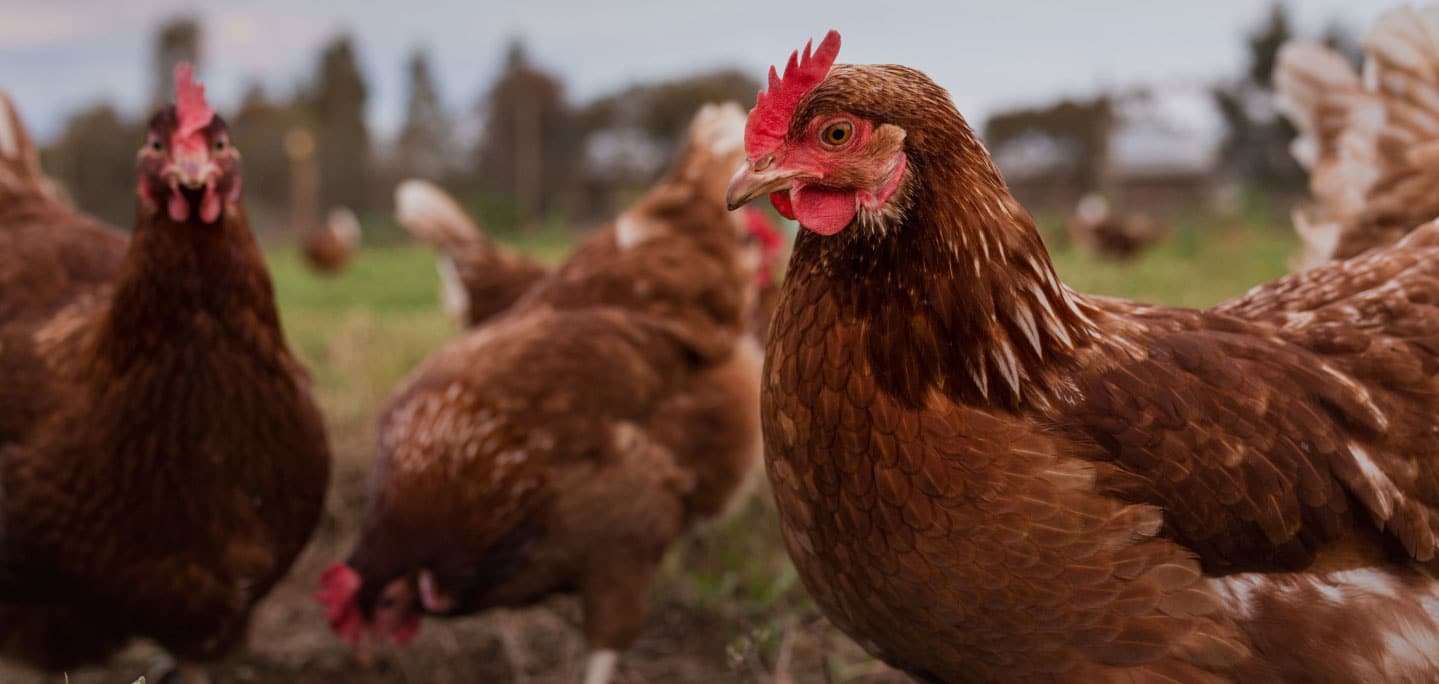In good news for Australian farm animals, a growing number of chefs and restaurateurs are looking to serve food that considers animal welfare, and their customers are getting behind them. But what do chefs need to know when navigating the world of responsible sourcing and crafting a menu that’s ethical?
These are some of the big questions tackled by Simon Bryant in an episode of the RSPCA’s Humane Food podcast with host Brian Daly.
Simon was the Executive Chef at Hilton Adelaide for 10 years, is the current Festival Director of Tasting Australia, and is well-known to many Australians as “the Chef” (alongside Maggie Beer’s “the Cook”) in the ABC series The Cook and the Chef. He’s a passionate advocate for ethical sourcing and has spent many years championing the importance of understanding how a product has gotten to the plate.
How it all started
As a young chef, Simon started visiting farms to get experience and understand more about the farming process and conditions for animals. This is when it really hit home that farming isn’t always the green rolling hills that people might imagine it to be.
“They’re doing a great job, these farmers, and the animals are incredibly well cared for in all of the suppliers that I buy from,” says Simon.
“A lot of suppliers want to do the right thing. But I think our idea in our head and our visual image of what we think of farming is completely off the mark.”
What this shows is how important it is for Australians to have the conversation about how animals are farmed for our food. Many popular products that come from animals – for example, chicken, pork and eggs – come from animals that are farmed indoors. This is both to meet demand for these products (e.g., there simply isn’t adequate space to allow all of Australia’s hens to have access to the outdoors) but also to keep animals safe from predators and weather extremes.
When you’ve imagined farm animals living their lives in expansive outdoor farms, the reality can come as a shock. But it’s important to remember that better animal welfare isn’t just about outdoor access or stocking density. It’s much more and is a combination of factors that ultimately provides animals with the opportunity to express their innate behaviours. This is what we should be talking about.
Being up front is important
With 95% of Australians concerned about farm animal welfare, we know that offering humane food isn’t a hard sell. People already seek out higher welfare products such as RSPCA Approved eggs, chicken, turkey, pork and salmon; and the majority of Australians* are willing to pay more to ensure better animal welfare on farm.
It’s important for chefs, says Simon, to be able to explain to consumers why they’ve made the menu choices they have. Offering higher welfare products like RSPCA Approved is one thing, but truly having a considered menu goes deeper than that. It might mean not offering a particular product because it’s not available from a producer they trust, it’s not possible to source that product at that time of year sustainably, or because it simply cannot be produced humanely under the current system (as is the case with foie gras). Or even it’s just about educating the customer about considering the whole animal, rather than popularising one single cut.
“Cut is a is a big issue. That people believe that you can just have this bit [of the animal]. Well, what about the rest? And that has massive ramifications in the supply chain and how we treat animals, just from that one consumer choice of demanding certain cuts or certain types of meat, [at] certain times, when they’re not viable for a breed cycle or a climate cycle,” explains Simon.
Knowing what better animal welfare looks like
Looking for reputable certification is key, otherwise it’s difficult to know if a product came from a higher welfare system. Looking for the RSPCA Approved logo is a good way for both chefs and consumers to choose higher welfare products.
“If you’re concerned about animals and you feel a general empathy, then there’s some very easy boxes you can tick for very minimal effort, because someone’s done the work for you. And this is the beauty of certification schemes,” says Simon.
Finally, it’s important to get the whole picture
The whole lifespan of an animal needs to be viewed when we think about their quality of life.
Australians are very aware of some issues in farming but not others, which can be great when it comes to achieving positive change in some areas but can mean we don’t have enough traction when it comes to other serious animal welfare issues.
Simon gives the example of pigs and the mother pig (called a sow) – a farmer might not use sow stalls during the sow’s pregnancy, but that same sow may still be confined to a farrowing crate for several weeks while she’s suckling her piglets. Looking at the entire process from start to finish, and seeking greater transparency about the way animals are treated at every stage of their life, is crucial.
But at the end of the day, Australian chefs and their customers have a lot of power when it comes to improving farm animal welfare standards. And that’s pretty reassuring.
“I think that its important when you shop, to realise that you’re voting. And when you cook, you’re voting and you’re voting to make a better, kinder, place for everyone, animals included,” says Simon.
You can listen to the podcast and interview with Simon here, or read the transcript.
* Statistics based on RSPCA Australia and McCrindle consumer research
You might also be interested to read It’s back! Humane Food Podcast Season 2 and How to shop this decade – debunking labelling

